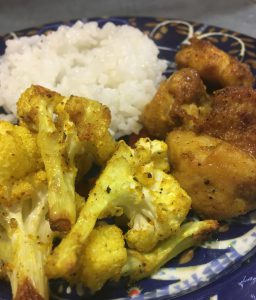 (30 minutes, serves 4)
(30 minutes, serves 4)
The goal for this dinner was to make the spicing very simple, make something the kids would happily eat, and have it all ready in thirty minutes, for an easy weeknight meal. Success on all counts!
The flavors are honestly a little too similar for what I’d consider ideal — normally, I’d cook either the chicken or the cauliflower, and serve it with a contrasting curry. But when you’re tired and want dinner on the table quick, this’ll do nicely. If you have the energy to chop up some cucumbers and tomatoes, they’d add a nice crunch and contrast. You could stir them into a bit of yogurt for creaminess too.
1 lb. boneless, skinless chicken thighs
1 head cauliflower
1 c. white rice
2 t. onion powder
2 t. ground ginger
2 t. garlic powder
2 t. salt + a pinch
2 t. turmeric
2 t. pepper
vegetable oil for frying & roasting (about 1/2 c.)
1. Pre-heat oven to 400. Cut chicken into bite-size pieces, mix with 1 t. each of the spices, set aside in a bowl.
2. Cut cauliflower into bite-size pieces, mix with 1 t. each of the spices, along with 1/4 c. of vegetable oil. Spread on a foil-lined baking tray and put in oven to roast. Set timer for 20 minutes (or 25 if you prefer them entirely soft).

3. Start rice: Add 1 c. rice to 2 c. water, with a pinch of salt, in a sauce pan. Turn to high.
4. In a frying pan, add remaining oil and heat on high for a few minutes. When the rice starts bubbling, turn to simmer and cover. (Set a timer for 15 minutes.)
5. Add chicken to frying pan and brown nicely on high, stirring occasionally. When it’s browned well, turn heat down to medium and continue stirring for another 3-5 minutes, until chicken pieces are cooked through. Drain excess oil. (I do this by setting the pan on a tilt on the edge of the stove, scooting the chicken up to the higher edge. Leave it alone for a few minutes, so the oil collects, then use a paper towel to sop up the excess oil, and dispose of the paper towel.)

6. When the timer goes off for the rice, give it a stir, and then leave it for a few more minutes to finish cooking. (My friend Kat and I disagree about this — she thinks my rice is undercooked this way, but it seems perfect to me. Your mileage may vary — you can leave it to sit covered another 5-10 minutes if you like.)
When the timer goes off for the cauliflower, serve with rice and chicken, hot.
 This may be the most iconic flavor combo of my childhood — beef curry with carrot curry on rice. I think my mom made it close to weekly, and the two flavors go perfectly together — the savory spice of the beef with the sweetness of the carrots cooked in coconut milk.
This may be the most iconic flavor combo of my childhood — beef curry with carrot curry on rice. I think my mom made it close to weekly, and the two flavors go perfectly together — the savory spice of the beef with the sweetness of the carrots cooked in coconut milk.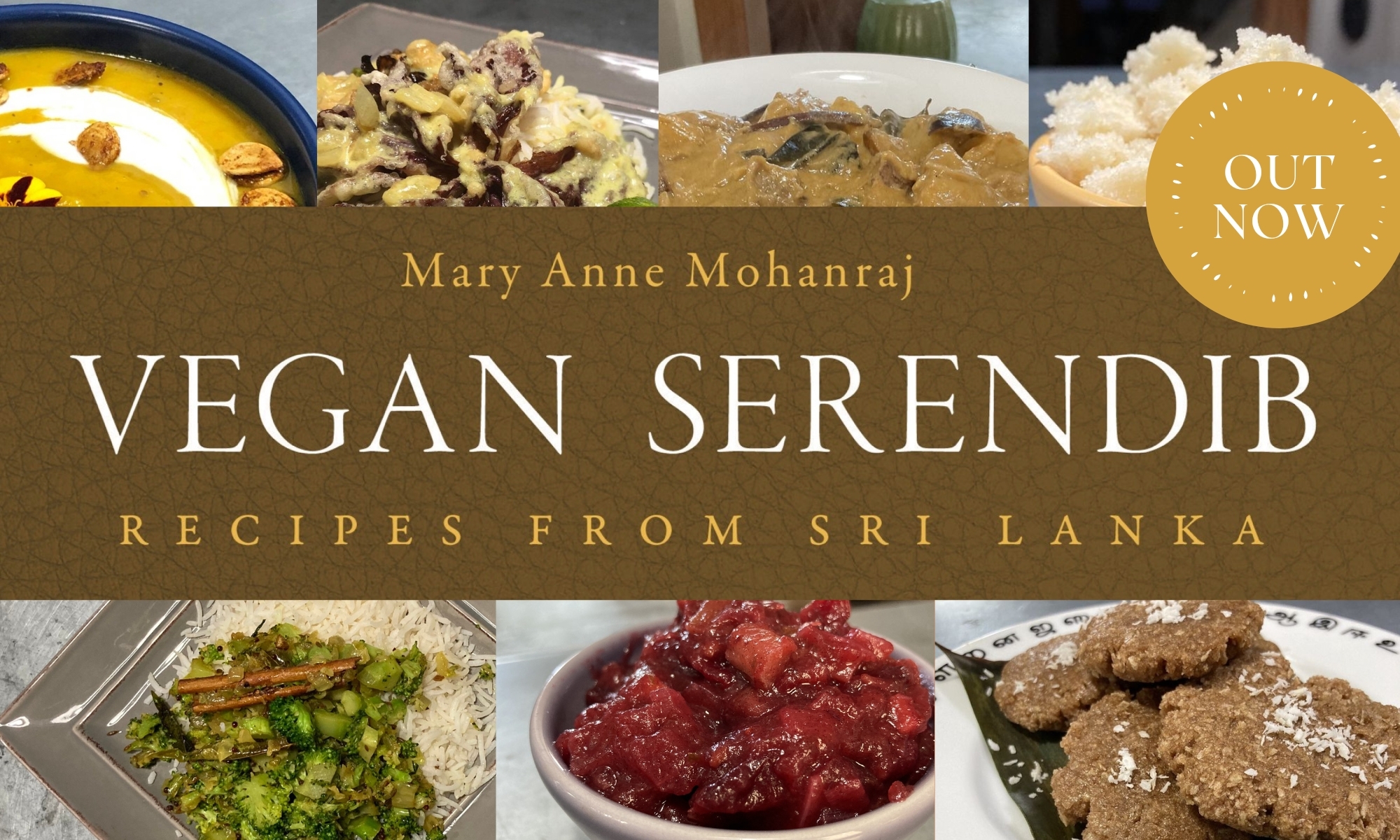
 Five minute dinner — well, mostly because of leftovers and accompaniments. I had some rice + quinoa leftover from yesterday, and a little kale salad, and of course, I try to keep myself stocked with coconut sambol and seeni sambol in jars in the fridge.
Five minute dinner — well, mostly because of leftovers and accompaniments. I had some rice + quinoa leftover from yesterday, and a little kale salad, and of course, I try to keep myself stocked with coconut sambol and seeni sambol in jars in the fridge. (2 hours, serves 6)
(2 hours, serves 6)
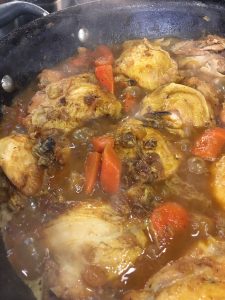


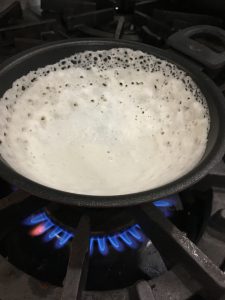



 (2 hours, serves 8)
(2 hours, serves 8)
 I was a little frustrated yesterday when I steamed a dozen frozen tamales (handmade by a local mom) for a potluck we were hosting, and discovered after steaming them that we were out of tomatillo sauce. I’d sworn we had at least half a bottle left in the fridge, but no, there was no tomatillo sauce to be had for love or money. I was craving that tangy flavor, and I knew that my tamales would be a little sad and dry without it. But then I had a flash of what I swear is brilliance — I had a little beef curry left, and it was also beautifully tangy. Could I possibly combine it with the tamales?
I was a little frustrated yesterday when I steamed a dozen frozen tamales (handmade by a local mom) for a potluck we were hosting, and discovered after steaming them that we were out of tomatillo sauce. I’d sworn we had at least half a bottle left in the fridge, but no, there was no tomatillo sauce to be had for love or money. I was craving that tangy flavor, and I knew that my tamales would be a little sad and dry without it. But then I had a flash of what I swear is brilliance — I had a little beef curry left, and it was also beautifully tangy. Could I possibly combine it with the tamales?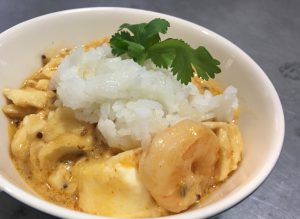 (30 minutes, serves 4)
(30 minutes, serves 4)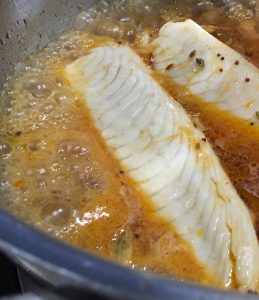
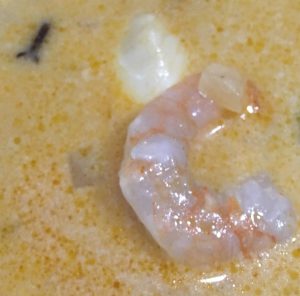
 (30 minutes, serves 4)
(30 minutes, serves 4)
